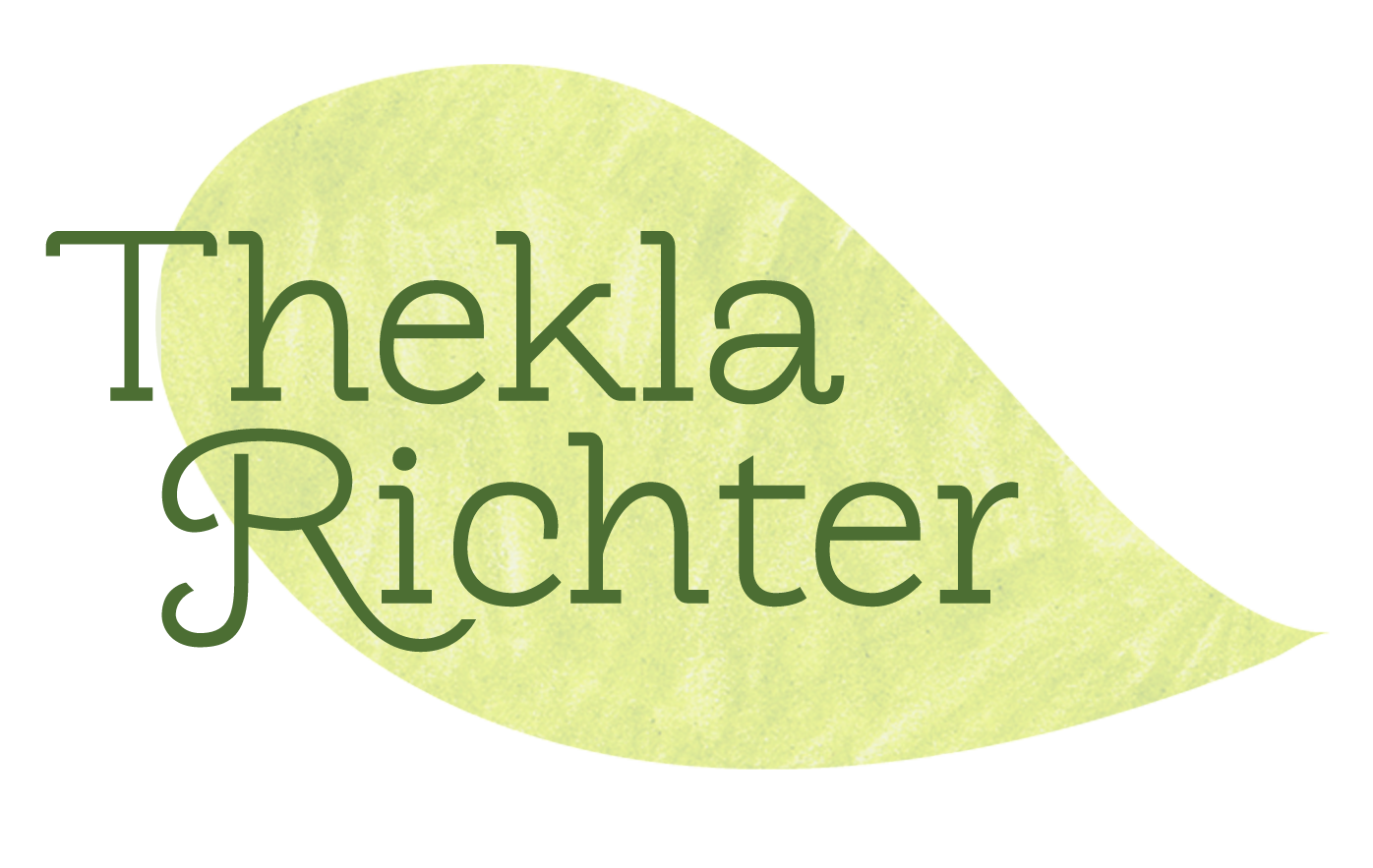Do you ever find yourself making to-do lists, only to forget or even avoid looking at them?
On the surface, avoiding our to-do lists can feel like we are avoiding our tasks. Sometimes we even might be avoiding our tasks! But sometimes, we are just avoiding the unpleasant experience of feeling like we should be doing all of our tasks simultaneously at any given moment. In other words, we’re not avoiding our work or even the idea of organizing our work; we’re avoiding mental overwhelm + decision fatigue. Is it possible to have the best of both worlds– the useful tracking + organizing of your to-do list, without the overwhelm?
Today I’m here to share one of the most important tools in my own personal productivity toolbox– keeping daily to-do lists crazy short + easy. Because the whole point is getting (the right) work done, not making + staring at lists or improvising to the extent that we forget critical things.
How Does a Short Daily To-Do List Work?
Your overall or master to-do list should be as long as it needs to be– though I do think it’s worthwhile to keep the master list meaningful as well by decluttering it periodically.
However, many people find working directly from a true master to-do list throughout the day overwhelming. Scheduling all your tasks out by calendar can feel rigid and can pose the dilemma of how to adjust when the unexpected occurs. Writing an ambitious daily to-do list everyday can feel like a let-down because you rarely have time to get to everything on the list– so you still end up spending a lot of time prioritizing throughout the day, and can even end each day focused more on what you haven’t done than what you have done. That’s not very motivating.
Instead, I suggest you make a daily to-do list that draws from your master list which holds all your projects + tasks. That daily to-do list should be super-easy to accomplish; ideally you feel like you could easily finish the list in 25-50% or less of the time you have available. That’s the list you refer to throughout the day, the list you return to when a distraction or interruption has pulled you away from what you want to get done. Just a few strategic priorities that you know you can accomplish today. Anything else you get done is a bonus.
If you finish the list, you can go back to your master list and make another short one, focus the rest of your time on one major meaningful project, or (depending on context) just decide that you’ve gotten enough done for one day and enjoy some nice playtime or rest.
Seven Advantages of Using Short Daily Lists
1. It prevents you from endlessly scanning your big long to-do list and getting distracted and stressed out about it… every time you need to select your next task.
2. If you don’t HAVE a master to-do list, starting one, and then making your daily list short, helps you get out of the habit of making to-do lists that are temporary brain-dumps but never get finished or stay up-to-date.
3. It helps you focus on your most meaningful projects, as well as zip through the small things we all need to get done.
4. It prevents you from doing lots of prioritizing and re-prioritizing, or rigid nitpicky time-blocking, before you need to do it.
5. It helps you get back on track if you get distracted, interrupt, find yourself procrastinating or have to deal with the unexpected. Just look back at your short + simple daily list.
6. It makes you more likely to make progress– and feel good about that progress– by setting the bar super attainably.
7. You can adjust your ambitions for the reality of your upcoming day by choosing more or fewer tasks that take a long time… while still accomplishing a lot regardless of how much time you have to work.
In short, by focusing on fewer priorities and spending less time throughout the day choosing your tasks, you’ll be more productive. And less stressed.
How Do You Work With Your Daily To-Do List?
I’d love to hear about how this practice works for you if you try it out. I invite you to share your experiences on my Facebook page.

